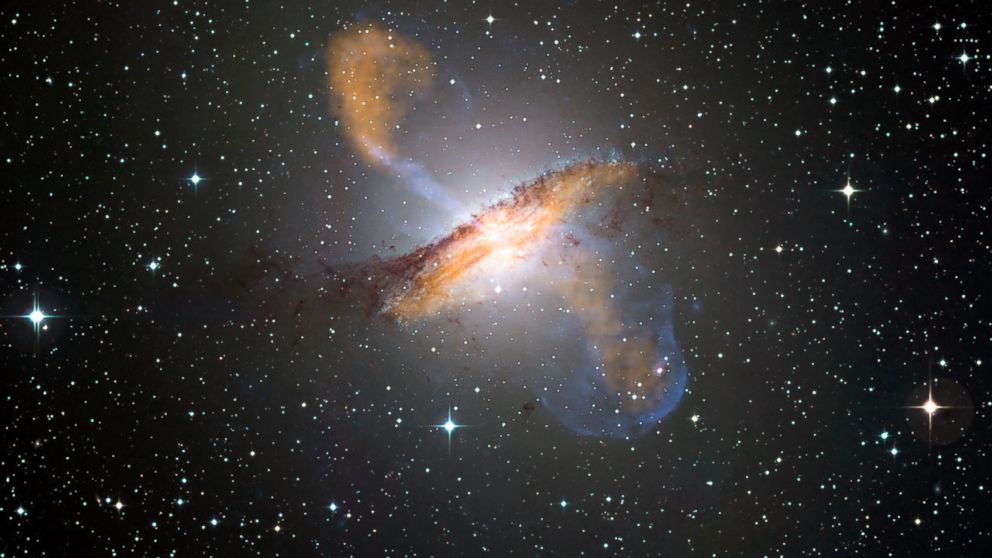New Clues on How Black Holes Grow
The secret to the mysterious black holes at the center of galaxies.

— -- At the center of every large galaxy is a black hole -- the mysterious region where matter is packed so tightly and the pull of gravity is so strong that even light cannot escape.
Cracking open the mystery of how some black holes grow, researchers at the Harvard Smithsonian Center for Astrophysics and Princeton University discovered that the size of a dark matter halo around an elliptical galaxy is directly related to the size of the black hole at its core.
Elliptical galaxies are the result of smaller galaxies merging their stars and dark matter, leading to their haphazard shape. Since dark matter is heavy, researchers found that it plays a role in guiding the formation of the new galaxy and its black hole.
Lead author Akos Bogdan and his team studied more than 3,000 elliptical galaxies and were able to calculate the mass of their black holes using the motion of each galaxy's stars. Measuring the dark matter halo around each galaxy was achieved using X-ray measurements.
"In effect, the act of merging creates a gravitational blueprint that the galaxy, the stars and the black hole will follow in order to build themselves," Bogdan said.
The findings were published in The Astrophysical Journal.




